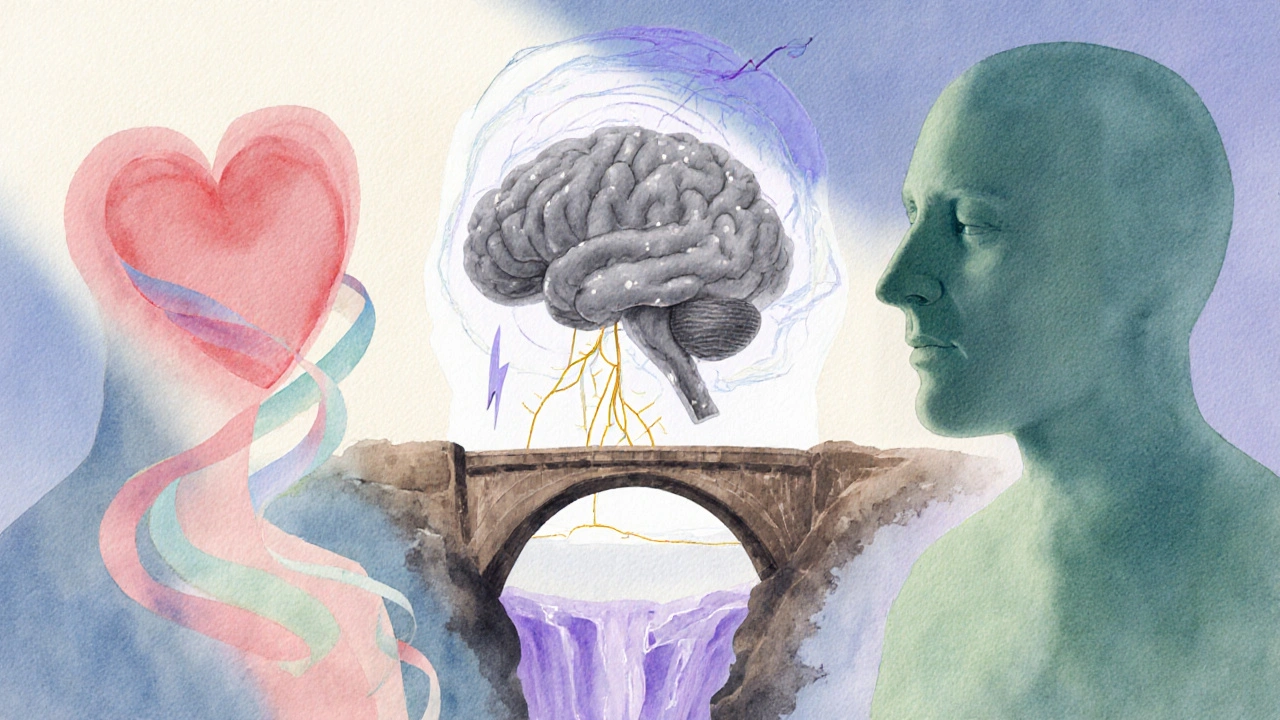Weakness to Courage Converter
This tool helps you identify a personal weakness and develop a courageous action plan to address it. Enter your current challenge below:
Your Courageous Action Plan
Based on your weakness () and fear (), here's a plan:
Remember: Courage is not the absence of fear, but the decision to act despite it. Each small step builds resilience!
How This Works
According to psychological research, every weakness has the potential to become a catalyst for courage. The process follows these steps:
- Recognition: Identifying the gap in skills, knowledge, or confidence
- Emotional Response: Acknowledging fear or shame that arises
- Decision Point: Choosing to confront or avoid the situation
- Action: Taking a small, courageous step toward improvement
By taking these steps regularly, you're building exposure-based resilience and turning perceived limitations into strengths.
Most people think weakness and courage live on opposite ends of a moral compass. In reality, the two often dance together - one can’t really surface without the other. Below you’ll discover why embracing your flaws actually lights the fire of bravery, and how to channel that energy into everyday life.
Key Takeaways
- Weakness is not a dead‑end; it’s a signal that resources like vulnerability and self‑compassion are needed.
- Courage emerges when you act despite fear, and that fear is usually sparked by a perceived weakness.
- Psychological tools such as resilience, growth mindset, and authenticity turn perceived flaws into stepping stones.
- Real‑world stories show that leaders, athletes and artists all credit their biggest breakthroughs to confronting weakness.
- Practical habits - journaling, small‑risk experiments, and seeking supportive feedback - help you convert weakness into courageous action.
What Weakness means a personal limitation, vulnerability, or area where confidence is low really looks like
When you feel a gap in skill, knowledge, or emotional stability, that feeling is often labeled “weakness.” It’s not just an abstract flaw; it shows up as a measurable gap - maybe you struggle with public speaking, or you notice a pattern of avoiding conflict. Psychologists view weakness as a cue for growth rather than a fixed trait.
Key attributes of Weakness:
- Subjective perception - what feels weak to one person may feel normal to another.
- Context‑dependent - the same skill can be a strength in one setting and a weakness in another.
- Potential for development - research from the University of Cambridge (2023) shows that acknowledging a weakness increases learning speed by 27%.
Defining Courage as the willingness to act despite fear or risk
Unlike the myth of fearless heroes, true courage is a deliberate choice to move forward when the inner alarm bell rings. It can be quiet - like asking for help - or dramatic - like standing up for a cause.
Core characteristics of Courage:
- Awareness of danger or discomfort.
- Intentional action despite that awareness.
- Often paired with a purpose or value that outweighs the perceived cost.

Why Weakness Sparks Courage
Think of a time you felt unprepared for a presentation. The anxiety you felt is a direct line from a perceived weakness (lack of knowledge) to a courageous act (stepping onto the stage). The chain works like this:
- Recognition: You notice a gap.
- Emotional response: Fear or shame surfaces.
- Decision point: You either hide or confront the gap.
- Action: Choosing to address the gap is the courageous step.
When you repeatedly choose step 4, you rewire your brain’s fear circuitry - a process neuropsychologists call “exposure‑based resilience building.”
The Psychological Mechanics: Vulnerability, Fear, and Resilience
Three inner forces act as bridges between weakness and courage.
Vulnerability the openness to expose oneself emotionally or physically
Brené Brown’s research (2020) shows that people who admit vulnerability are 40% more likely to take bold actions. Vulnerability transforms the sting of weakness into a source of authentic connection.
Fear the emotional alarm that warns of potential loss or harm
Fear is not an enemy; it’s a navigational tool. When you know exactly what you fear - embarrassment, failure, rejection - you can map a route around it or through it. Cognitive‑behavioral studies (2022) reveal that labeling fear reduces its intensity by up to 30%.
Resilience the ability to bounce back from setbacks and keep moving forward
Resilience is the muscle that lets you keep trying after a stumble. Training it involves small‑risk experiments: setting a minor goal, failing, and then iterating. Over time, the brain learns that failure isn’t fatal, making the courageous leap easier.
Real‑World Snapshots: When Weakness Became the Launchpad for Courage
Leadership: Former UK Prime Minister Theresa May once admitted she felt “technically weak” on economic policy. That admission drove her to hire a panel of experts, eventually leading to decisive budget reforms.
Sports: Marathon runner Eliud Kipchoge described his early training as “physically weak.” Instead of quitting, he used that awareness to refine his form, later breaking the two‑hour barrier.
Arts: Actress Viola Davis talked about early audition rejections as a personal weakness. By confronting that shame, she pursued more daring roles, earning multiple Oscars.

Practical Steps to Turn Weakness into Courage
- Identify the exact gap: Write down a single weakness you notice in a specific context.
- Label the accompanying fear: Name the emotion (e.g., “I’m scared of sounding stupid”).
- Choose a micro‑action: Set a tiny, low‑stakes task that challenges the fear (e.g., ask a colleague a question in a meeting).
- Reflect after the act: Note what happened, what you learned, and how the fear changed.
- Scale up: Gradually increase the difficulty of the tasks while keeping the reflection loop alive.
Pair this loop with Self‑compassion the practice of treating oneself with kindness during failure. When you’re gentle with yourself, the shame associated with weakness fades, leaving room for bold moves.
Comparison: Weakness vs. Courage
| Aspect | Weakness | Courage |
|---|---|---|
| Core definition | Perceived limitation or lack of confidence | Deliberate action despite fear |
| Emotional tone | Fear, shame, frustration | Determination, hope, purpose |
| Typical behavior | Avoidance, retreat, over‑compensation | Engagement, risk‑taking, advocacy |
| Outcome potential | Stagnation if unchecked | Growth, learning, influence |
| Relationship | Acts as a trigger for courage | Often emerges by confronting weakness |
Frequently Asked Questions
Can I be too honest about my weaknesses?
Transparency is valuable, but context matters. Share weaknesses with people who can help you grow, not with those who might weaponize them. A balanced approach maintains credibility while inviting support.
Is courage the opposite of fear?
No. Courage and fear coexist. Courage is the decision to act in spite of fear, not the absence of it. Recognizing fear actually makes the courageous act clearer.
How long does it take to turn a weakness into a strength?
There’s no fixed timeline. Success depends on frequency of practice, quality of feedback, and personal resilience. Some people notice change after a few weeks; others need months of consistent effort.
What role does a growth mindset play?
A growth mindset treats weakness as a learning opportunity rather than a fixed flaw. This belief fuels the willingness to take courageous risks, because failure is seen as data, not defeat.
Can I practice courage without feeling vulnerable?
Vulnerability is the natural partner of courage. Trying to separate them often leads to inauthentic actions. Embrace the uncomfortable feeling; it signals that you’re stretching beyond your comfort zone.
Understanding the link between weakness and courage reshapes how you view personal setbacks. Instead of shying away, you can treat each gap as a compass pointing toward the next brave step. The next time you notice a flaw, ask yourself: what courageous act can I take right now?
